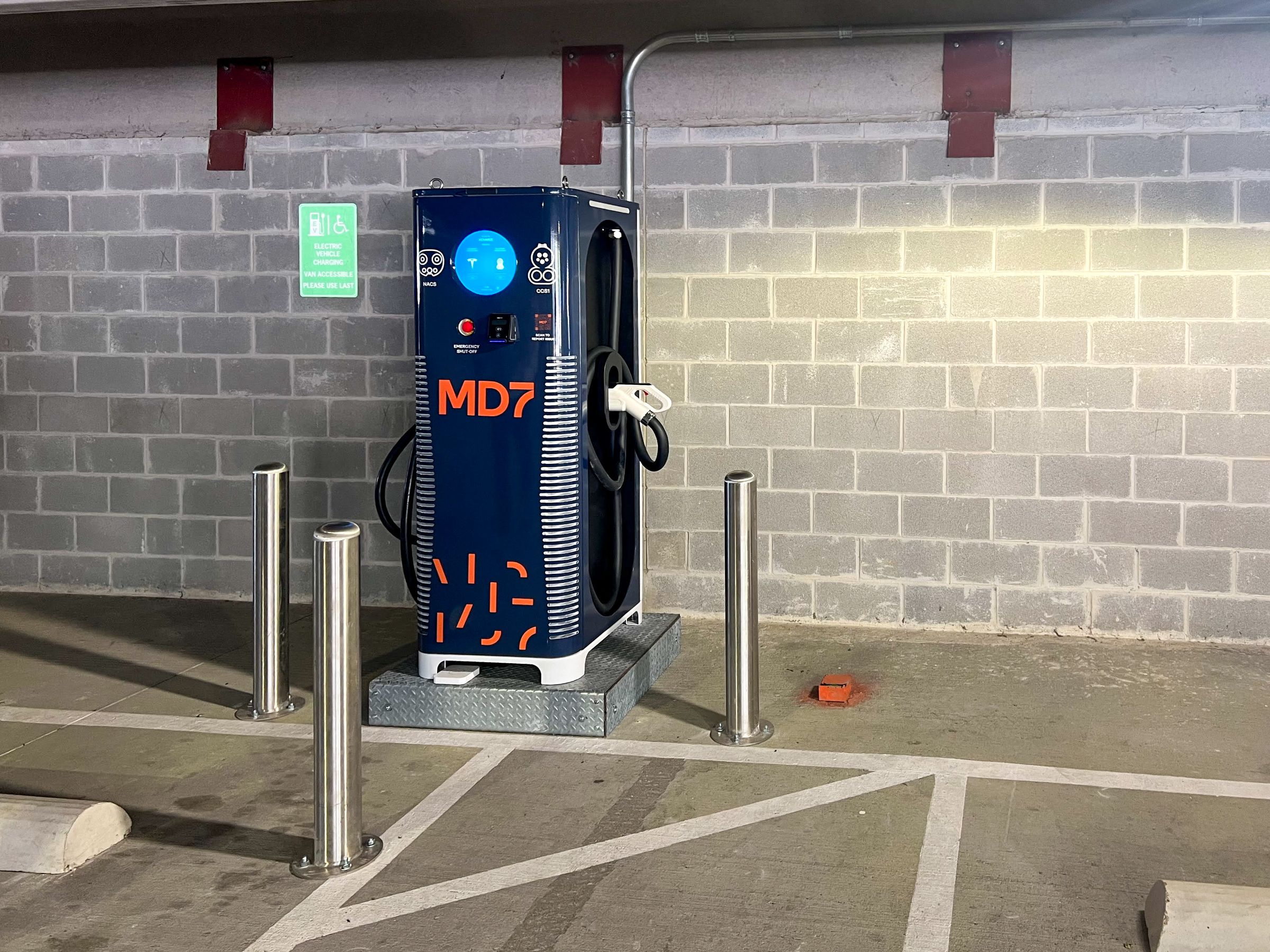San Francisco Issues Design Preference Guidelines for DAS or Small Cells on Wood Poles
By Cynthia Hanson
Land Use Counsel
The City and County of San Francisco recently issued design preference guidelines for the installation of DAS and Small Cells on Wood Poles. Known to be a tough jurisdiction, San Francisco has offered an easy to follow set of design preferences that should help accelerate the process and clear the hurdles for carriers as they seek to densify their networks through the use of wood pole attachments.
San Francisco has listed 13 design preferences they request applicants detail in their plans and application materials and follow in their installation of DAS and Small Cells on Wood Poles. These preferences are heavily focused on aesthetics. The San Francisco Planning Department quotes from a Ninth Circuit Court of Appeals decision from 2009, (Sprint PCS Assets, L.L.C. v. City of Palos Verdes Estates, (9th Cir. 2009) 583 F.3d 716), in the introduction to the guidelines as reinforcement of its authority to consider aesthetics when reviewing an application for wood pole attachments.
The San Francisco Planning Department design preferences are as follows:
- Long and Narrow
This design preference has to do with equipment enclosures. Run the equipment enclosure down the pole instead of wide on the pole and San Francisco also wants you to face the equipment away from residential windows.
- Please – No Meter
San Francisco recommends utilizing a drop line and no electric meter enclosure if allowed by the utility company. If this is not possible then make the meter and disconnect switch – long and narrow.
- Cabling
Please keep it tight to the pole and shroud it if possible. Conduit is preferred.
- Paint
All equipment – antennas, brackets, cables, risers, PVC, shrouds, etc. – must be painted to match the pole. The Planning Department has paint color preferences they will provide depending on the type and location of the pole.
- Antennas
Placement is key. Avoid placing the antenna on the pole adjacent to windows. An integrated GPS and electronic tilt are preferred. Use single element side arms, preferably cylindrical antennas, or if panel antenna must be used, use a mini shroud below the panels. Large bracket systems creating an offset from the pole should be avoided. Top versus side mounted will be reviewed on a case-by-case basis.
- Nothing Flashy
No visible flashing lights and remove all unnecessary equipment manufacturer decals.
- Warning Stickers and ID
Use the smallest and lowest visibility RF (yellow instead of blue) and Node ID (muted colors) stickers allowed by government or utility regulations. Again, placement matters and away from windows and out of sight lines is preferred.
- The Other Pole
Placement of a secondary pole if required is important. Hide or camouflage it.
- Height Increases
Look at your alternatives. Pole height increases should be kept to a minimum.
- Equipment Placement
Stack it close together and place it close to the pole.
- Not a Fan of Cooling Fans
If close to a window or in or near to residential areas, use a passive cooling system. For other locations, use the smallest profile possible.
- Photo Sims
Make these realistic, accurate, detailed, and dated.
- Ancillary Equipment
Show all equipment and how you propose to hide it.
San Francisco’s Design Preferences document provides additional guidance by including numerous pictures throughout the document of both preferred designs and those that are frowned upon by the Planning Department. Additionally checklists detailing best practices are provided at the end of the document that specify information the Planning Department wants to see in all plans and photo sims submitted to them for review. By following these design preferences and making use of the checklists, applications for review of wood pole attachment deployments should be approved quicker by the planning department and accepted by the community as a whole.
You can find the San Francisco Design Preference Guidelines here



